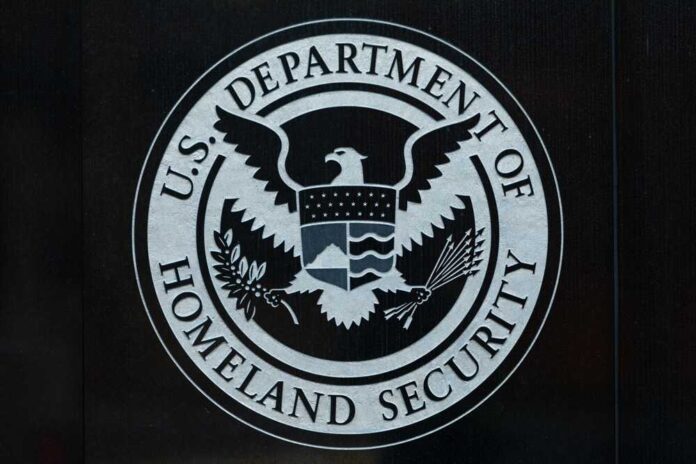
In a disturbing revelation, a government watchdog has found that agents with the Secret Service and U.S. Immigration and Customs Enforcement (ICE) have been conducting cell phone surveillance without proper authorization. The office of the Inspector General of the Department of Homeland Security issued a report revealing this conclusion.
A report by Homeland Security's watchdog found that the Secret Service and ICE often used cell-site simulators — known as stingrays — without obtaining the appropriate search warrants.https://t.co/YHG7Kzvr8k
— TechCrunch (@TechCrunch) March 2, 2023
“The United States Secret Service and U.S. Immigration and Customs Enforcement, Homeland Security Investigations (ICE HSI) did not always adhere to Federal statute and cell- site simulator (CSS) policies when using CSS during criminal investigations involving exigent circumstances,” the report reads.
According to reports, ICE has been using cell-site simulators, commonly known as Stingrays, to track the location of cell phones. The devices mimic cell phone towers, allowing ICE to intercept and collect data such as general location from phones within range. Some stingrays are believed to also transmit data related to calls, SMS text messages and even email content of phones within range.
While the Secret Service and ICE HSI are allowed to use the technology to find subjects of their investigations, they are required to get a court order each time, except in cases of emergency or exigent circumstances such as a threat to national security or one where agents need to prevent the destruction of evidence.
The strict use of cell-site simulators is due to how invasive they are. Government use of the devices has been a subject of controversy, with privacy advocates arguing that their use constitutes a violation of Fourth Amendment protections against unreasonable searches and seizures.
Critics also point out the fact that the device not only works on the targeted device but goes on to trick and collect data from devices within their range – devices belonging to law-abiding citizens that have no connection to a crime.
One of the problems the report highlighted is how the policies governing the use of cell-site simulators did not come with “sufficiently detailed guidance on working with external law enforcement agencies.”
The IG also added that the Secret Service and ICE HSI did not get the correct interpretation of the requirement to get a court order before the use of the device. Even in emergency situations, the agencies are supposed to “apply for court orders within 48 hours of installing, or beginning to install CSS.”
The IG, in his report, further rebuked ICE HSI for obtaining “exigent circumstances” waivers even in cases not qualified for such emergency exceptions.
The watchdog gave recommendations to the Secret Service and ICE HSI, including adjusting its internal policies and procedures to ensure complete compliance with federal laws regarding the use of cell-site simulators.














